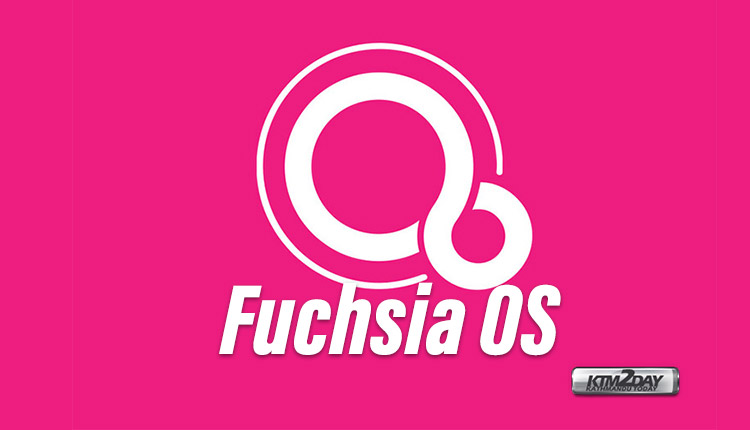Fuchsia OS website for developers launched


Fuchsia OS from Google for many years is a topic for discussion and conjectures. Some consider it a “killer” of Android and Chrome OS, while others say that its meant for Internet of Things devices. However, until recently, this was more of an abstraction, although the project on GitHub has been available since 2016. But last Friday, the company registered the domain Fuchsia.dev , launching a new developer support site.
Such a step shows that Google is serious about the project and intends to bring it to the market, and not to bury it in the shelf. However, so far not much is known about the operating system itself.
Today, the main operating systems on the market, whether mobile, desktop, or even embedded solutions, are based on the Unix, Linux, or Windows kernel. The list includes Windows, iOS, macOS and Android.
But Fuchsia should get its own Zircon microkernel (formerly known as Magenta). It is designed to scale to any real-time operating system application from mobile to desktop devices of all kinds. This was the reason for the release of Fuchsia that is expected to succeed both Android and Chrome OS, combining the capabilities of both with compatibility for running legacy applications. In hardware terms, the new OS is supposedly designed to work with any 32-bit or 64-bit ARM cores, as well as 64-bit x86 processors.
The Fuchsia.dev site itself currently contains quite a bit of data, as it already has a glossary, a getting started guide, and instructions for creating and running applications meant on Fuchsia OS. There is even a system documentation on how Fuchsia works.
And although the resource does not contain information about the launch date of the project, the very fact of its appearance indicates progress in the work.















